It started as a lark. In the fall of 2011, Ginny Yurich had three kids under the age of 3 and spent most days struggling to keep them occupied. A friend suggested Yurich join her in trying a concept popularized in the 1800s by British educator Charlotte Mason: Children should be outside four to six hours during "tolerable" weather days. They agreed to meet in a park with some blankets and food for the kids and see how it went. Yurich was skeptical.
"I thought it was the most absurd thing ever ... I'm like, 'Oh goodness, what are these kids going to do? ... This is going to go so awful,'" Yurich remembered thinking at the time. "So we went to this park ... and we spread out our blankets and the kids just played. I don't know why I was so dumbfounded, but I was just in awe."
They lasted until 1 p.m. The kids fell asleep on the way home and Yurich felt happy and refreshed — the first time she had felt that way in awhile.
"It was so significant for me because it was the first day that I ever had that was good, as a mom ... I felt like I was constantly falling short," Yurich said.
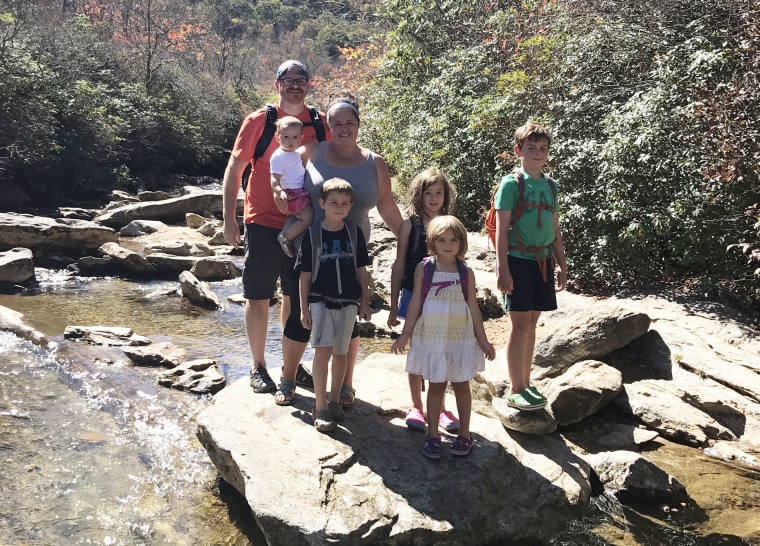
After that day, Yurich, now 40 and a mom of five, decided to cancel all of the programs her kids were involved in and instead gear their life around the weather in their hometown of Pinckney, Michigan. She and a friend started a small nature group that met two to three times a week to spend a bulk of the day outdoors. Yurich quickly noticed changes in her young kids.
"They're happier, they're sleeping better, they're not getting sick ... We're all thriving," she realized at the time.
Yurich started researching how beneficial outdoor time is for overall health and became more and more invested in their new approach. She started tracking the time their family spent outside and quickly realized it was adding up to over 1,000 hours a year. And thus an idea formed: the 1,000 Hours Outside challenge.
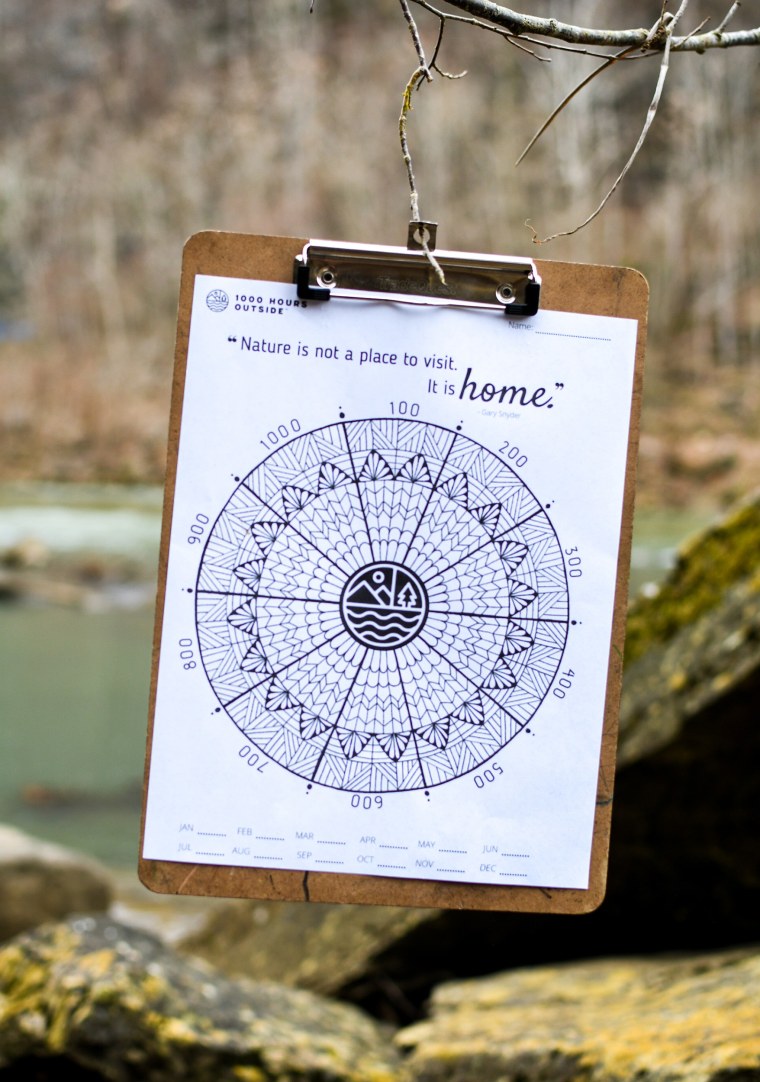
Yurich started a blog by the same name in 2013 about her family and their experiences, encouraging other families to join in. To date, Yurich has over 200,000 followers on Instagram, where she frequently features photos of families participating in the challenge. Her website now includes a free tracker, 1,000 Hours-branded merchandise and printables to help families track their time. Yurich has also self-published a book about activities to do outside.
"Over a million kids have joined in. It's all over the world. What a treat to be just a small part of people's lives," Yurich told TMRW.
"It is a simple concept with some profound impacts."
Ginny Yurich
Health benefits of the great outdoors
Research supports the anecdotal evidence of what Yurich saw in her kids after those first weeks outside: Time spent in nature really can have a profound impact on the body and mind.
"There is great research coming out showing that when children spend time outdoors, it's linked with a number of positive health outcomes," said Jason Bocarro, a professor in the department of parks, recreation and tourism management at North Carolina State University in Raleigh. "There's the fact that if you're outside, you're going to be more active. The more physically active you are, there's an incredibly strong correlation between that and improved health outcomes, like reduction in stress, improved mental health and those kinds of things. For younger children, in outdoor play environments, they can test out their limits, regulate their emotions, take risks and learn from those risks."
Bocarro pointed to recent research conducted by University of Illinois professor Frances Kuo who has studied the benefits of urban greening in reducing aggression and crime in inner cities, reducing ADHD symptoms and promoting children's health.
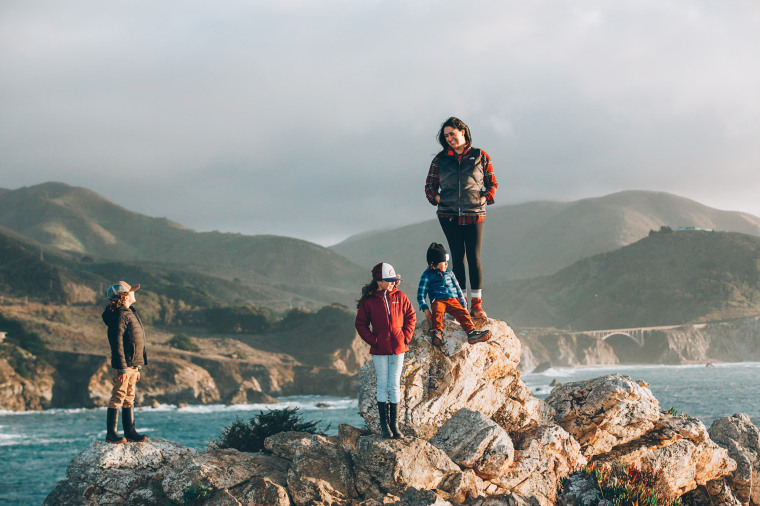
"The impacts of parks and green environments on human health extend beyond social and psychological health outcomes to include physical health outcomes," Kuo wrote in a report in 2010 for the National Recreation and Park Association. "Greater access to green views and green environments yields better cognitive functioning; more proactive, more effective patterns of life functioning; more self-discipline and more impulse control; greater mental health overall; and greater resilience in response to stressful life events. Less access to nature is linked to exacerbated attention deficit/hyperactivity disorder symptoms, more sadness and higher rates of clinical depression."
While the benefits are many, there's no need to get hung up on the specificity of the 1,000-hour goal, warned Dr. Stacy Stryer.
"I do think getting outside every day is amazing ... I don't like the idea of focusing on 2.7 hours a day, if you have to really push yourself," said Stryer, a physician associated with Park RX America, a nonprofit organization helping health care professionals "prescribe" time in nature to patients. "I feel like if you're pushing yourself, you're doing it for the wrong reasons. I love the idea of being outside every day ... I think that's a great goal to have, but I think it's unrealistic for a lot of people to spend 2.7 hours outside every day."
Stryer pointed to a recent study finding that positive associations with outdoor time peaked between 200-300 minutes per week, with no additional gains. The research also found that it didn't matter how people accumulated their time spent in nature: One long outdoor session had equal effects to several short visits through the week.
How to actually spend 1,000 hours outside
For the families participating in the 1,000 Hour challenge, the time element provides a fun goal that motivates them to get out there — rain, snow or shine.
"The first year we started tracking, we hit 1,000 hours in six months," said Mandi Perdue, a mom of seven living in Fredericksburg, Virginia, who has been participating in the challenge for three years. "We go by the theory there's no such thing as bad weather, just bad clothing."
Perdue, 42, homeschools her children, who are between the ages of 4 and 13. Once they finish school by early afternoon, they'll all stay outside until dinner. And most times, dinner is served al fresco.
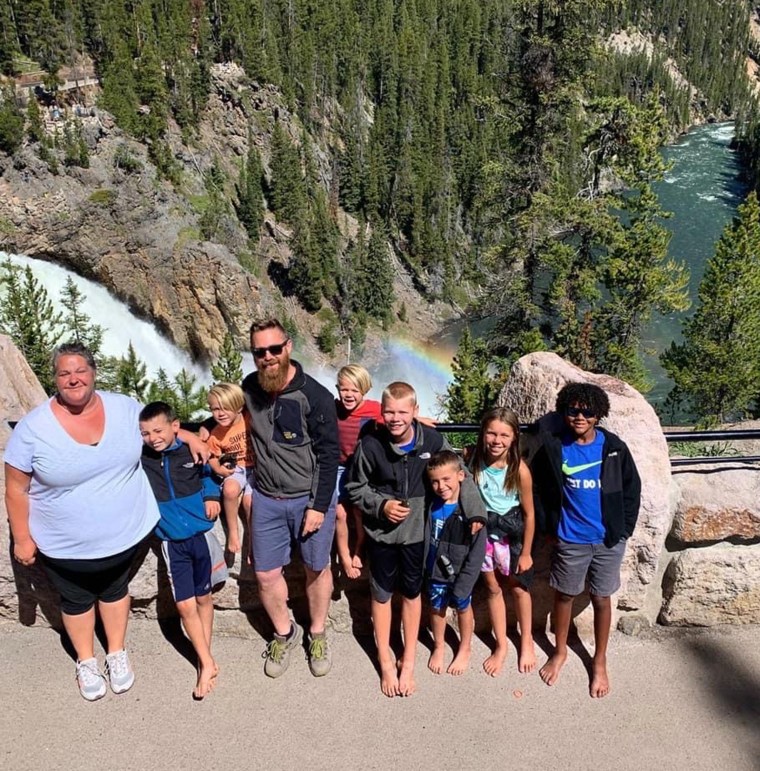
"My little ones can hike miles without complaining," Perdue said. "They are just physically fit, my kids go so hard outside. Running all the time, riding their bikes, jumping on the trampoline and doing monkey bars ... They're definitely very active and very healthy."
Araceli Gonzalez learned about the challenge late last year. As working parents, Gonzalez and her husband felt their family needed more of a push to get active during the week, not just on the weekends. Since joining the challenge in January, the mom of three has noticed a change in her kids.
"My kids thrive and are the happiest when they're playing unstructured free play ... Being outside is where they're happiest," she said. "It helps me set that goal so it's a priority every day. Leave the dishes, the laundry can wait ... We've made it our priority to get that outdoor time on a daily basis and I think that has really helped our family."
"Nature almost has a calming effect that I can’t describe."
Araceli Gonzalez
The 1,000-hours goal also motivates her kids.
"Kids love goals," she said. "They love (asking), 'Hey, how many hours did we get today?' and coloring in the chart."
While some may feel overwhelmed by the goal, Gonzaelz stresses not to get too hung up on the number — it's more about establishing a routine.
"I am not a homeschool parent, I am not someone who can spend four hours outside at once, but I think it's important for working parents to see and realize that it's possible to balance (outdoor time) with a full schedule," Gonzalez, who works as a business consultant in project management, said. "It's totally possible."
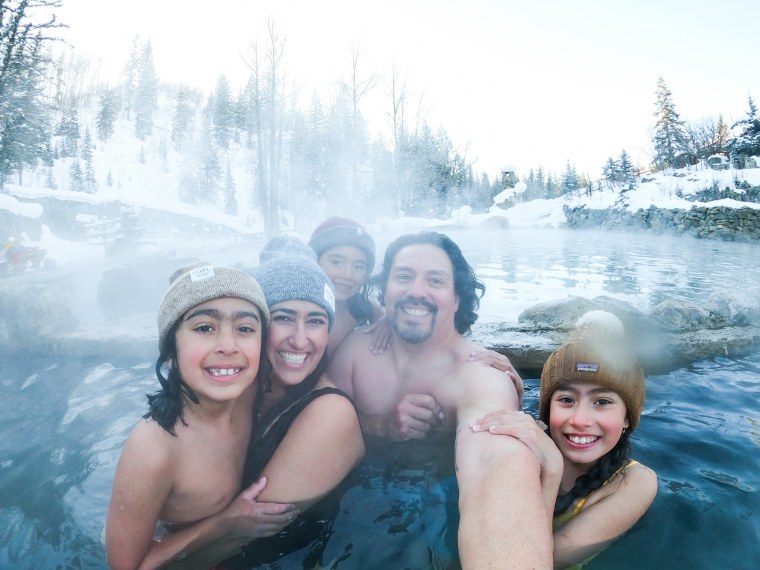
Advice for people with limited access to green spaces
Merissa Harkema, 30, started the 1,000 Hours Outside challenge while living in Hyderabad, India, when she was in the process of adopting her daughter. Living in a city meant the duo had to be very intentional about their outdoor time.
"We didn't have access to a lot of natural areas," Harkema said, noting that they frequently spent outdoor time on their rooftop. "But we made do with what we had ... I would search on Google maps to find little green pockets and I was able to find tiny pockets of trees and little parks that I didn't know existed."
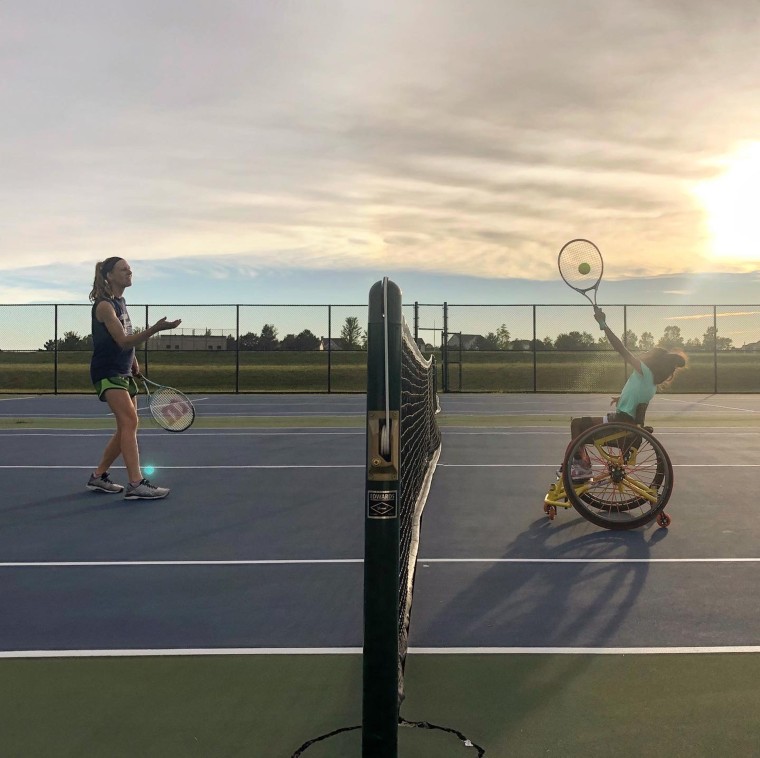
Stryer, the Maryland-based physician, echoed Harkema when sharing advice for people who live in urban areas.
"Look for even the smallest plot of grass," she stressed. "If you have a balcony ... if you have a sandbox ... You can even just look out your window and look at the birds, the changing of the trees, and keep a log of what you see and how things change and that can connect you with nature."
There are other things families can do to bring the outdoors inside, like buying an indoor plant or garden.
If safety is a concern for your family, Bocarro suggested meeting up with friends or other families you trust to find outdoor spaces that feel accessible and safe in your area. There may also be local organizations (like GirlTrek, a popular walking group) that bring people together to spend time in nature. The overall goal is to make outdoor time part of your regular routine, and while it might require a bit of effort to get started it's well worth it.

"When I think about our time outside, for a whole year, I don't think there has been any day that we've gotten outside and regretted it," Harkema said.
"It’s one of my favorite things to observe: My kids exploring and seeing them take it all in. All of this makes our job as parents easier and we reap the rewards of independence," Gonzalez told TMRW. "In a way it’s almost that much needed break from parenting, letting nature do the job for you — only better."

